Nobuo Sekine’s “Phase — Mother Earth” Reborn
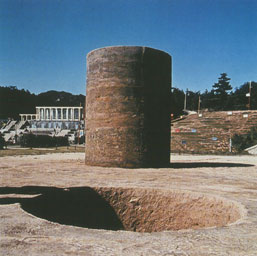
In conjunction with the 40th anniversary of its creation, the work has been for the “Tama Art Line Project” exhibition of outdoor artwork in Den-en Chofu Seseragi Park opposite Tamagawa station (Tokyu Toyoko Line), on display from November 1 to 9.
In 1968, Sekine and some of the other Mono-ha artists — then in their twenties — dug the work up the earth themselves, but today the work is being handled by construction workers with a digger. There is only a limited number of photographs that document the 1968 version of Phase — Mother Earth and its construction. TAB brings you a detailed photo report on the recreation of this iconic art work.
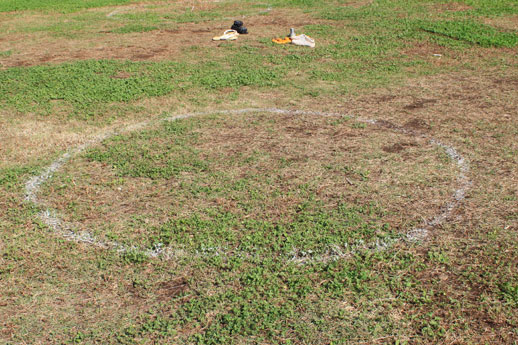
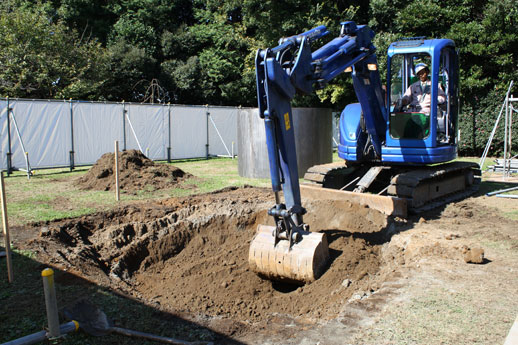
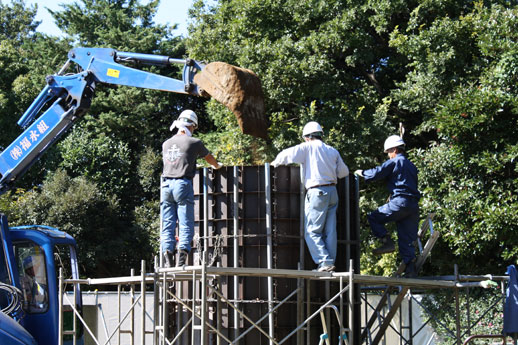
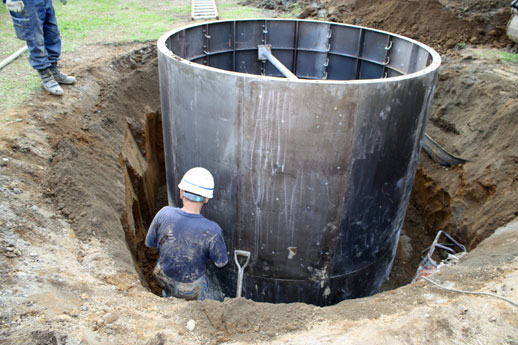
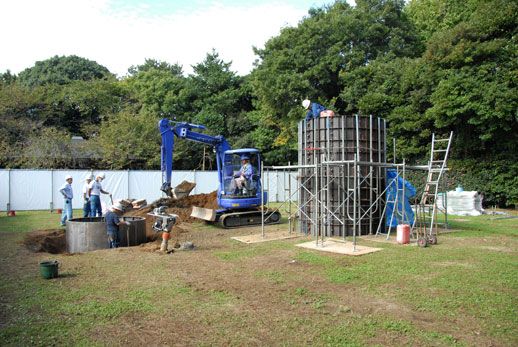
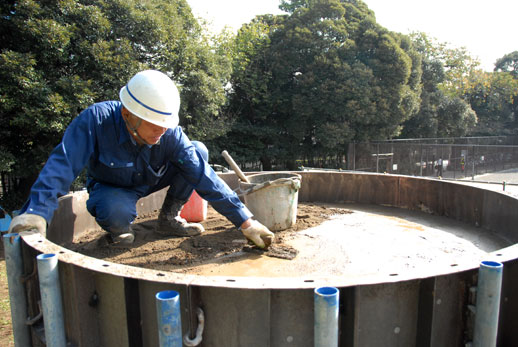
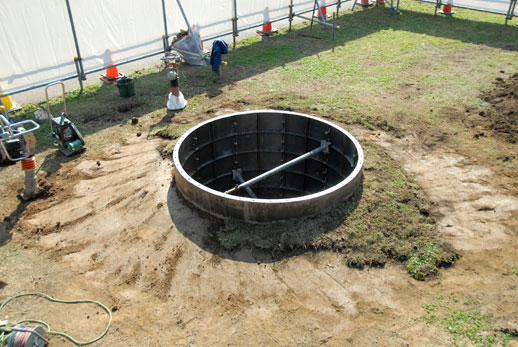
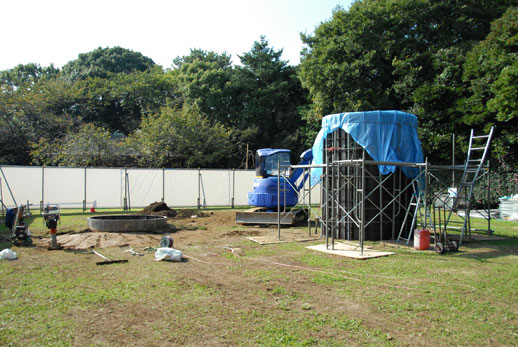
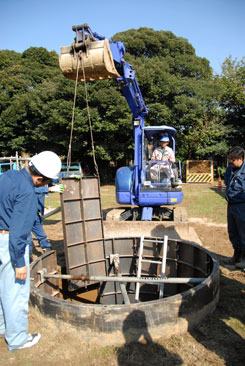
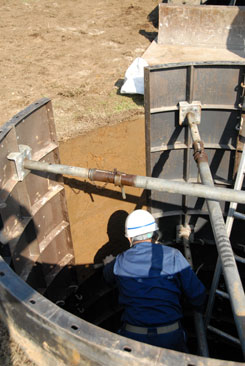
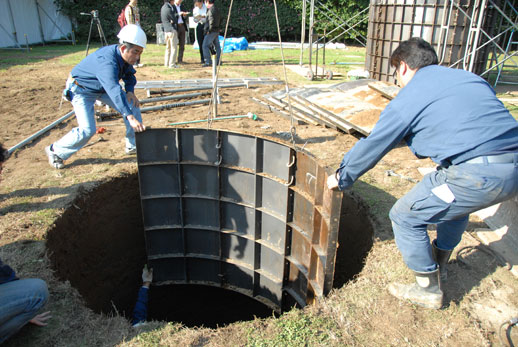
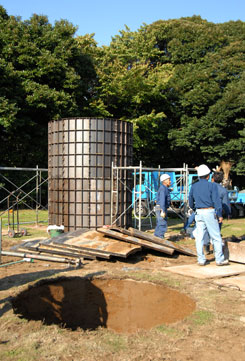
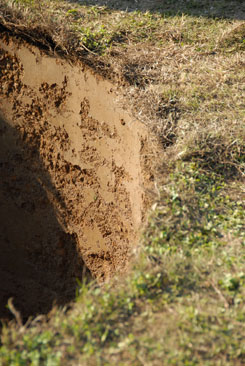
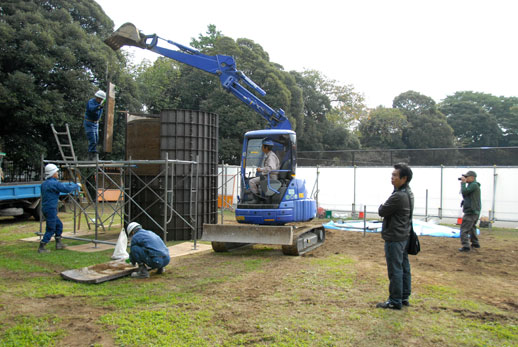
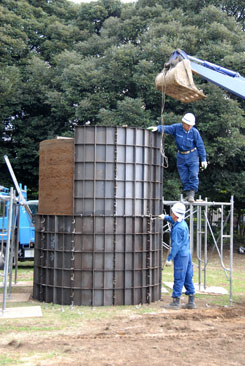
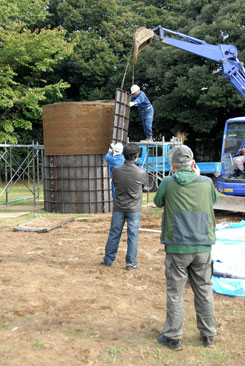
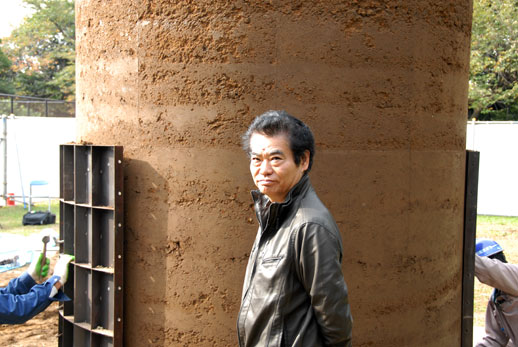
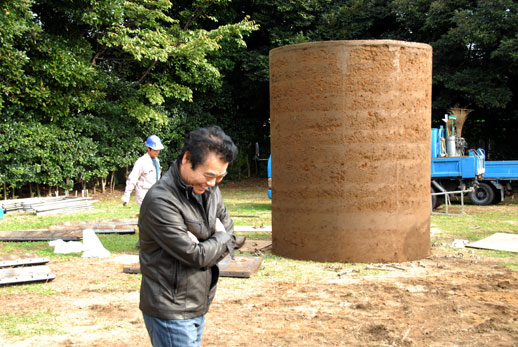
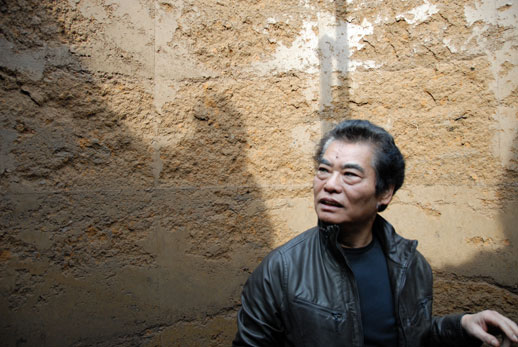
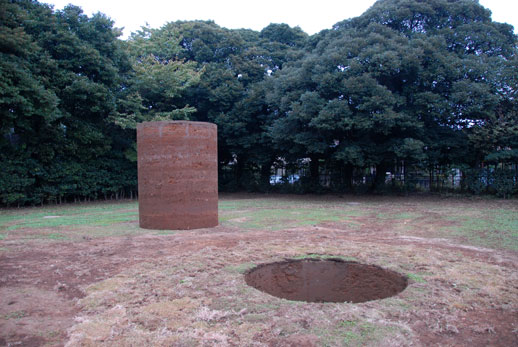
Venue: Den-en Chofu Seseragi Park opposite Tamagawa station (Tokyu Toyoko Line)
Dates: November 1 to 9.
Ashley Rawlings
Ashley Rawlings



